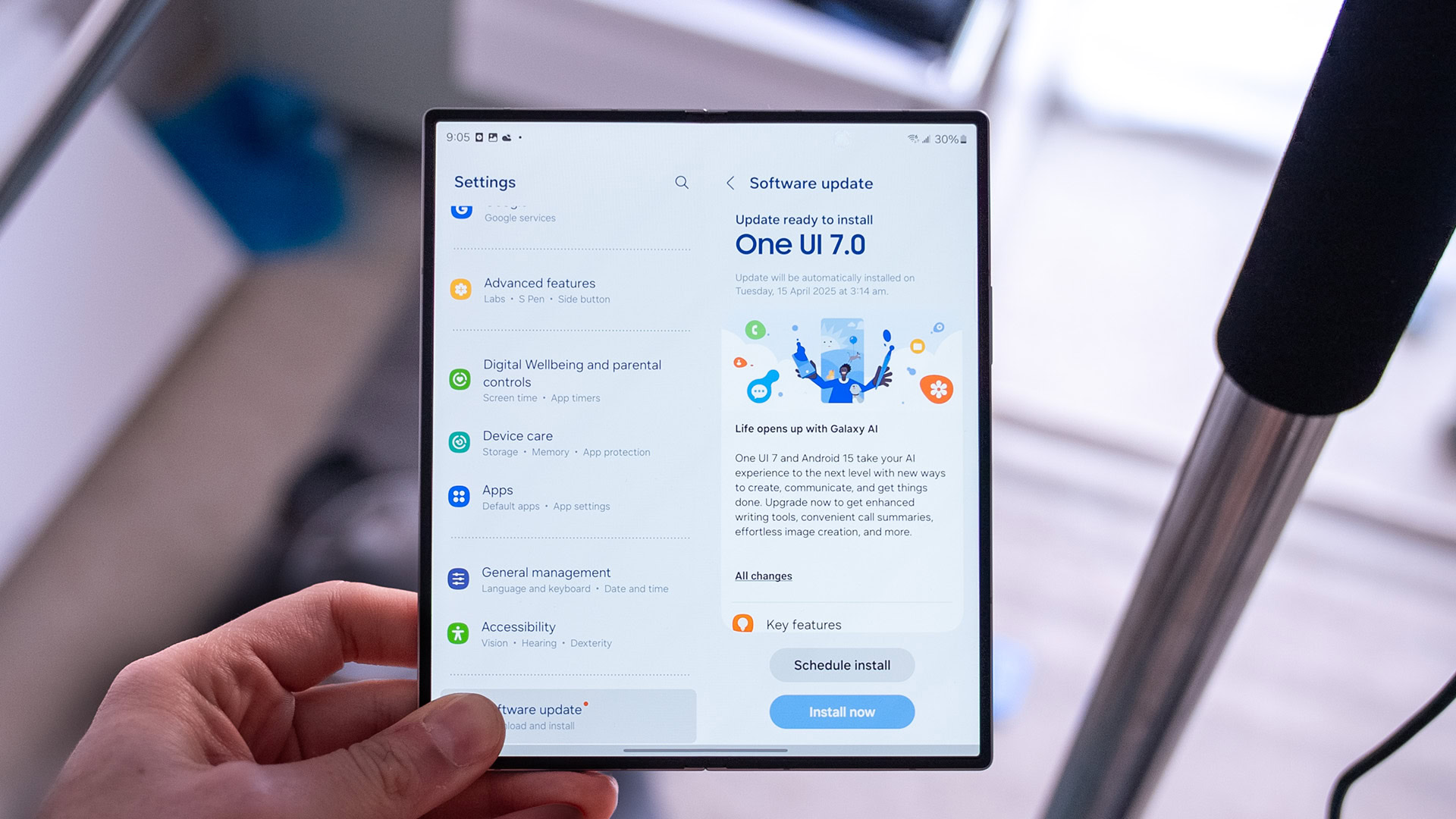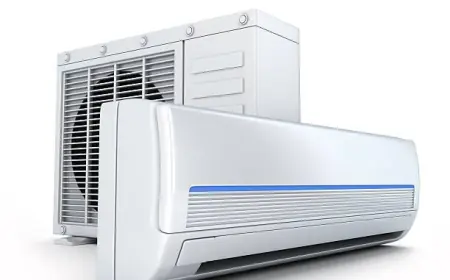Rubber Tiles for Gym Flooring: Comfort, Safety, and Durability
Rubber Tiles

As more people take their fitness goals seriously—whether in commercial gyms, boutique studios, or home workout spaces—the importance of a solid foundation becomes clear. That foundation isn’t just metaphorical; it’s literal. Gym flooring plays a vital role in creating a safe, comfortable, and long-lasting workout environment. Among the many flooring options available, rubber tiles have emerged as a top choice for both professional and personal gym spaces. These tiles offer a winning combination of shock absorption, durability, and user comfort, while also delivering practical benefits like easy maintenance and aesthetic appeal. Whether you’re lifting heavy, jumping into high-intensity intervals, or rolling out a yoga mat, rubber tiles create a versatile surface that supports all types of movement.
Why Flooring Matters More Than You Think
Often overlooked in the early stages of gym planning, flooring sets the tone for performance, injury prevention, and overall user experience. The type of flooring you choose affects everything from equipment longevity to the noise level during workouts. In a gym setting, the floor is subjected to constant pressure—weights dropping, feet pounding, equipment sliding—and the wrong surface can quickly degrade under such strain. Worse still, it can become a hazard for users. Rubber tiles act as a barrier that not only protects the subfloor but also cushions impacts and provides better traction for exercises. It’s not just about looking polished; it’s about optimizing the entire training environment for safety and performance.
Built to Withstand the Grind
Rubber gym tiles are specifically engineered to handle the demands of intense and varied workouts. Whether it’s the repetitive motion of cardio equipment or the force of a deadlift, rubber tiles are designed to absorb impact and bounce back without losing their shape or integrity. High-quality tiles resist compression and maintain their density over time, which is crucial for exercises that require stability, like squats or kettlebell swings. They’re also resistant to tearing, cracking, and denting, even in high-traffic areas. Unlike foam or carpet tiles, which can quickly wear down or trap moisture and bacteria, rubber tiles offer a long-term flooring solution that can take a beating and still look professional.

Designed for Comfort and Reduced Fatigue
A major benefit of dalle caoutchouc lies in the comfort they provide underfoot. The material’s natural elasticity creates a slight give, which can significantly reduce fatigue for those standing or moving for long periods. This matters more than you might think—especially in settings like functional training spaces or weight rooms where repetitive movements put stress on joints and muscles. The cushioning effect helps absorb the shock from high-impact movements like jumping or running in place, which is a key factor in preventing injury. Whether you're lifting barefoot, stretching post-session, or doing bodyweight movements, rubber flooring provides a supportive and responsive surface that feels better with every step.
Enhancing Safety in Every Workout
Safety should never be compromised when designing a gym, and rubber tiles add an extra layer of protection in multiple ways. Their slip-resistant surface reduces the chance of falls, even when the floor becomes sweaty or wet. This is especially important in group fitness settings or home gyms that may double as multipurpose rooms. Rubber tiles also provide excellent shock absorption, which helps prevent injury during exercises involving jumping, sudden changes in direction, or accidental equipment drops. Moreover, in the unfortunate event of a fall, the padded surface is far more forgiving than concrete or hardwood, minimizing the risk of serious injury. This makes rubber flooring an ideal choice for all fitness levels—from beginners to seasoned athletes.
Noise Reduction for a Quieter Workout Space
A common issue in both commercial and home gyms is noise. The sound of dropped weights, footsteps during high-intensity workouts, or machines running can quickly become a distraction or even a nuisance, especially in shared living or multi-floor buildings. Rubber tiles act as a sound barrier, significantly dampening noise and vibrations. This acoustic control is not only appreciated by the person working out but also by neighbors, roommates, or other building occupants. In home settings, reducing noise allows for early morning or late-night workouts without disturbing others. In commercial environments, it creates a more enjoyable atmosphere where people can focus on their performance rather than the clatter around them.
Easy Maintenance and Longevity
Another reason rubber tiles are a favorite in fitness environments is how easy they are to clean and maintain. Unlike carpeted flooring, which can trap dirt, sweat, and bacteria, rubber surfaces are non-porous and easy to wipe down. Most spills, dust, or grime can be quickly cleaned with a damp mop and mild detergent, helping maintain hygiene—an especially important consideration in shared spaces. Rubber’s resistance to mold and mildew is a bonus for garage or basement gyms where moisture levels may fluctuate. Plus, individual tiles can often be replaced if damaged, making it easy to update a section of the floor without tearing up the entire gym.

Modular Design for Flexibility and Customization
Rubber gym tiles often come in interlocking designs, making installation a breeze for both DIY enthusiasts and professional installers. This modularity allows users to cover just the area they need—be it a full room, a lifting platform, or a small corner for yoga. You can start small and expand as your gym grows, which is great for home gym owners working on a budget. This flexibility also allows for easy rearrangement or removal if your workout space changes. On the aesthetic side, rubber tiles are available in a range of colors, textures, and finishes. Whether you’re going for a bold, modern look or something more understated, you can design a space that fits your taste while still enjoying the functional benefits.
Sustainable and Eco-Friendly Options
Today’s fitness-conscious users are often environmentally conscious, too. Fortunately, many rubber flooring tiles are made from recycled materials, particularly from old tires. This not only diverts waste from landfills but also reduces the carbon footprint of your gym project. Eco-friendly tiles offer the same high performance and durability as non-recycled versions, without compromising on quality. Choosing rubber flooring with a green edge supports sustainability efforts while building a better workout environment. It’s a win-win for your body and the planet, and another reason why these tiles are gaining popularity in modern gym design.
What's Your Reaction?
 Like
0
Like
0
 Dislike
0
Dislike
0
 Love
0
Love
0
 Funny
0
Funny
0
 Angry
0
Angry
0
 Sad
0
Sad
0
 Wow
0
Wow
0





















































